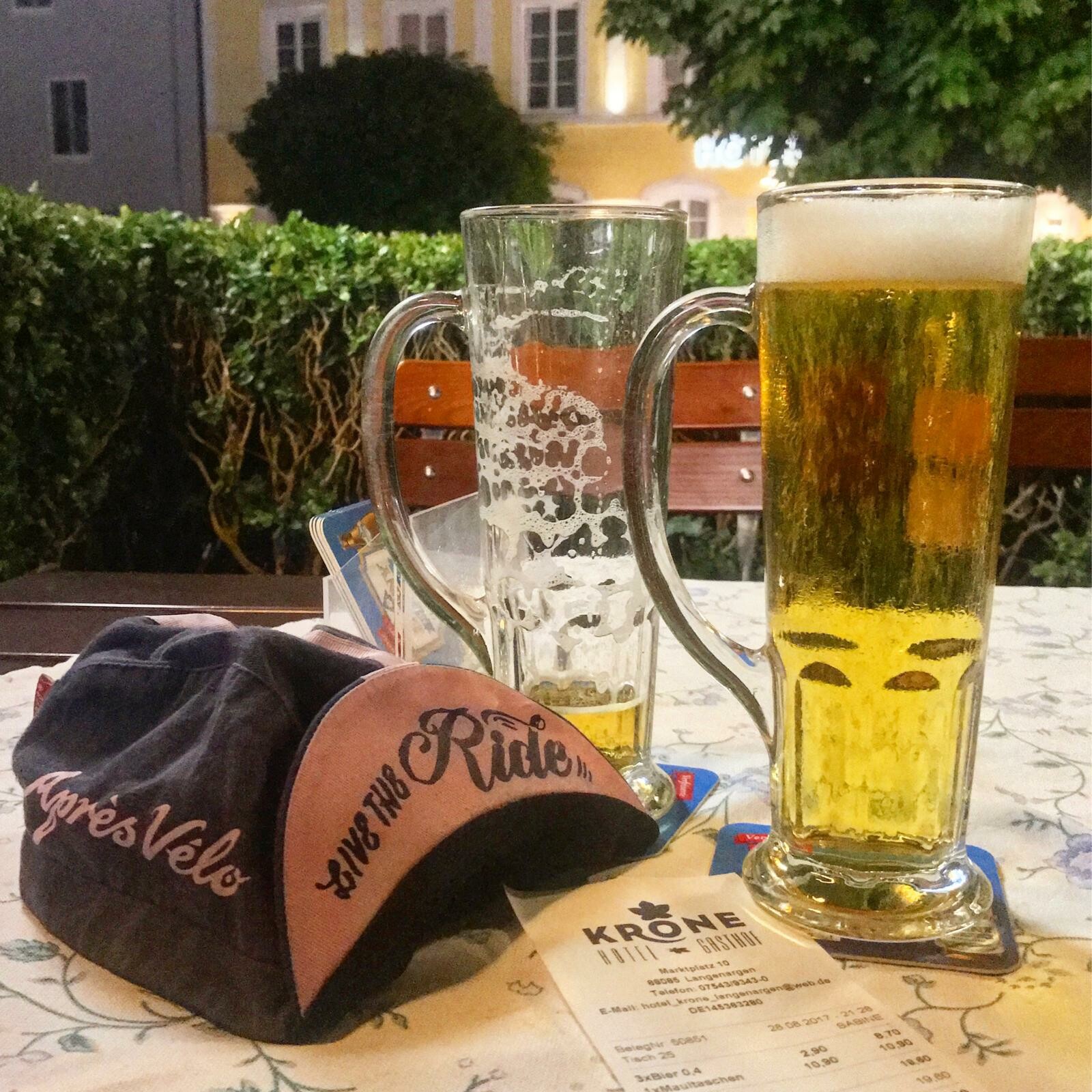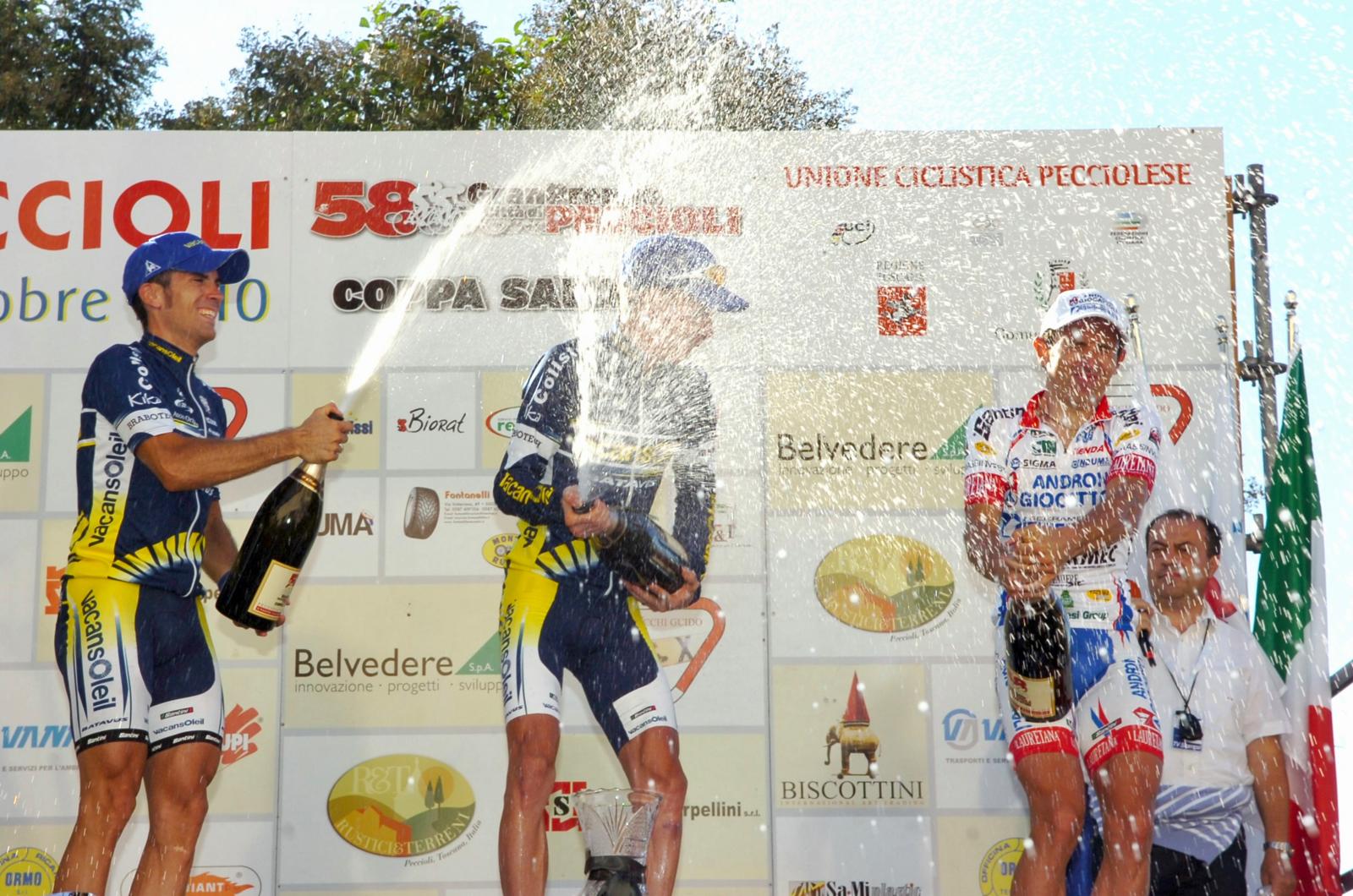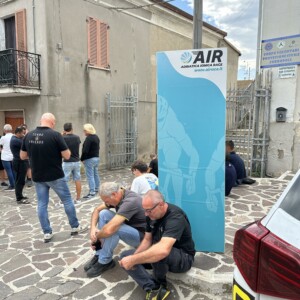It’s a timely topic, particularly as the weather warms and we head into summer, Dr Gemma Sampson discusses alcohol and cycling.
Whether it’s a champagne shower standing on the podium after a race or enjoying a cold beer after a warm day on the bike with your mates, alcohol and cycling are synonymous with sporting success and performance.
Having watched this year’s Grand Tours race by, I find it fascinating that Tour de France riders used to “hydrate” themselves on the bike with bottles of wine and champagne. While I certainly encourage my riders to celebrate a stage win with a glass or two – you’d be hard pressed to find a sports dietitian recommending alcohol to optimise your cycling performance!

My professional advice as a sports dietitian is that there is always a way to include alcohol intentionally (if you want to). It comes down to timing, portion size, frequency and understanding the impact alcohol has on you as an individual so you can make smart choices about when you do or don’t drink.
These are the main ways in which alcohol can impact your performance as a cyclist which you may wish to consider: dehydration, impaired recovery, reduced sleep quality, energy intake and poor food choices.
Alcohol increases urine output which can lead to dehydration.
It’s worth highlighting that one or two beers (<700ml total) drunk with water can be just as effective as water alone as a hydration strategy when combined with some food. However, drinking more concentrated and larger volumes of alcohol increases urine output and can worsen fluid balance leading to dehydration.
Anyone who has had a night out drinking will be familiar with “breaking the seal” and constantly need to go to the toilet as a result.

While alcohol and beer can certainly form part of a post-ride rehydration strategy, it is low in sodium but it’s best not to use it as your sole source of fluids.
If you know you are going to drink more, it is better to pair this with additional non-alcoholic options such as water, sports drink juice, chocolate milk or smoothies to stay optimally hydrated and ensure you eat something substantial containing carbohydrates to support good recovery.
Alcohol impairs sleep quality and recovery.
On the topic of recovery, if you use wearable tech such as Whoop and Oura rings, you can observe and track the impact that one, two or even six alcoholic drinks has on sleep quality, sleep hours, heart rate variability and subsequent recovery and training quality the next day.
I’ve observed that these are key motivating reasons many of my cycling clients choose to reduce their alcohol intake or drink non-alcoholic beer on a night out – to ensure a better night’s sleep to improve their cycling and work performance the next day.

While one drink can have an impact on these factors, it’s a linear progression where more reaction errors are made and perceived effort during training is much harder the day after drinking six 5 per cent beers compared with drinking two 5 per cent beers. If you aren’t ready to make any changes to your alcohol intake just yet, I highly recommend tracking these factors for a few weeks to learn, observe and become aware of how alcohol impacts your sleep, recovery and performance both on and off the bike for yourself.
Alcohol itself is very energy dense and can lead to poor food choices.
Even if your alcoholic drink of choice is low in carbohydrates (4kcal per gram), every gram of alcohol provides 7kcal (27kJ). The higher the alcohol content, the more the energy in your drink – and that’s before any mixers are added in.
Say you drink two to three beers in the evening or best part of a bottle of wine with dinner (let’s be realistic here), it is very easy to more than double the energy intake of your meal and still feel hungry when alcohol is involved.

Energy content in standard alcoholic drinks:
Red/white wine (glass 175ml) – 571kcal
Red/white wine (bottle 750ml) – 572kcal
Champagne (flute 125ml) – 95kcal
Extra strength beer (330ml) – 198kcal
Beer >5%ABV (bottle 330ml) – 135kcal
Light beer <4%ABV (bottle 335ml) – 98kcal
Cider (330ml) – 120kcal
Spirits 40%ABV (30ml) – 77kcal
Martini cocktail – 110kcal
Pina colada – 400kcal
When we look at the research, it appears as though one to two beers a day has minimal effect on body composition or weight provided it is within your overall energy requirements.
However, this effect on body composition and weight may depend on the amount and frequency of alcohol being consumed. In practice, I have seen many cyclists lose fat mass and improve their body composition purely by reducing their overall alcohol intake.
“…my professional advice would be to hold back on the alcoholic drinks or choose alcohol-free options…”
In addition to the energy it provides, another one of alcohol’s downfalls is its ability to loosen our senses, will power and self-control around food. It’s not uncommon to end up munching on higher fat and energy snacks or end up at a takeaway after a night out on the town. In this way drinking alcohol can lead to making food choices that don’t align with your goals and may be sabotaging your success – especially for any weight loss or body composition goals.
You don’t have to go teetotal and cut out all alcohol (unless you want to).
That being said, few things can beat a good glass of wine to unwind with friends, a refreshing cold beer on a hot summer day, or a glass of champagne to celebrate an achievement or win. There is a time and a place for everything. I often say that food is more than the nutrients it contains – there are social, emotional and psychological benefits that influence what, when and why we eat and drink. If you enjoy a drink or two, you don’t have to completely cut it out unless you want to.
You can continue to drink alcohol and include it in a way that works with your goals instead of against them. If you have an intense training session or are racing the next day, my professional advice as a sports dietitian would be to hold back on the alcoholic drinks or choose alcohol-free options to ensure better recovery and performance the next day.
I always encourage my clients to be smart with their drinking choices and become aware of the impact it has on their body. When you understand the positive and negative impact alcohol has, you can then make intentional choices about when you do or don’t drink. If you include alcohol, drink intentionally, enjoy mindfully, be conscious of the energy it contains, the impact on your food choices and how it supports or compromises your goals.
Over To You – Have your say in the comments section below.

